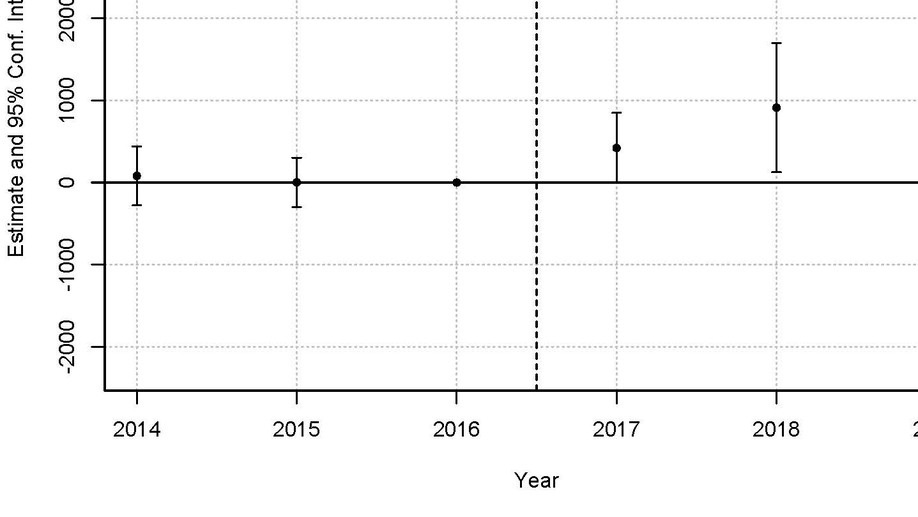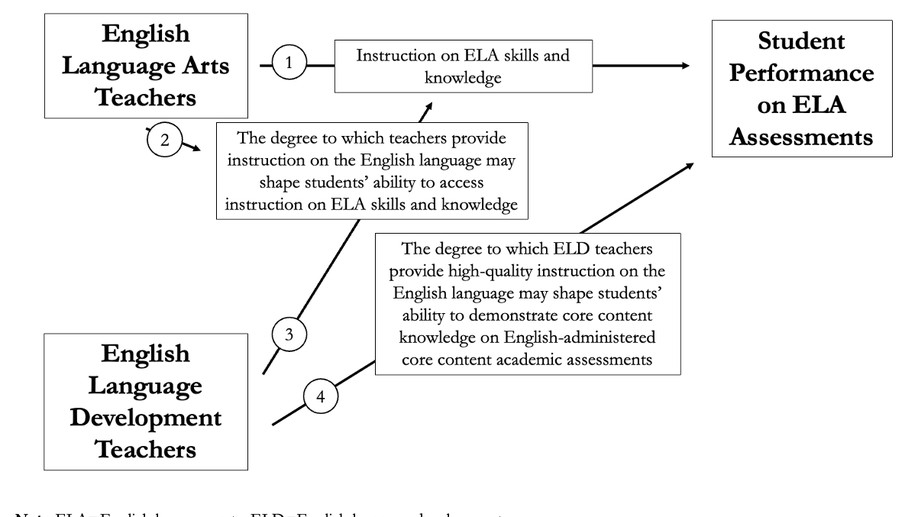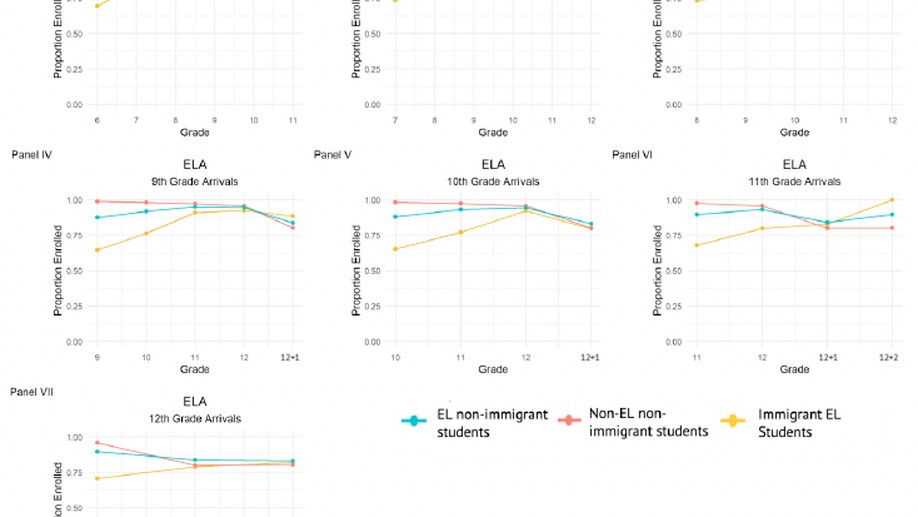Lorna Porter
Research Associate
WestEd
Biography
Lorna Porter, PhD is a Research Associate at WestEd as part of the English Learners and Migrant Education Services Team. Her work broadly focuses on education policy, with specific interest in quantitative and mixed-methods research on policies that shape the educational experiences and outcomes of immigrant students and students classified as English learners. She has worked on research now published in outlets such as Journal of Research on Educational Effectiveness, Review of Educational Research, Leadership and Policy in Schools, and education policy analysis archives. She has also contributed to tool kit and technical report development. Lorna holds a PhD in Quantitative Research Methods in Education from the University of Oregon.
Interests
- English learner education policy
- Multilingual education
- Secondary education for English learners
- Course access and opportunity to learn
Education
-
PhD in Quantitative Research Methods in Education, 2022
University of Oregon
-
MA in Education Policy, 2016
University of California, Davis
-
BA in Interdisciplinary Studies, 2013
University of California, Berkeley


